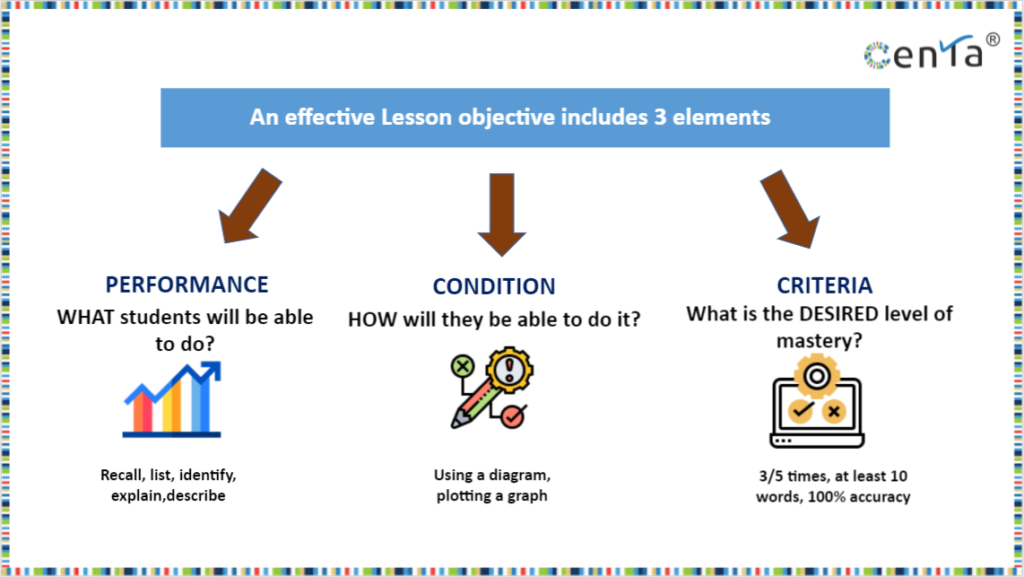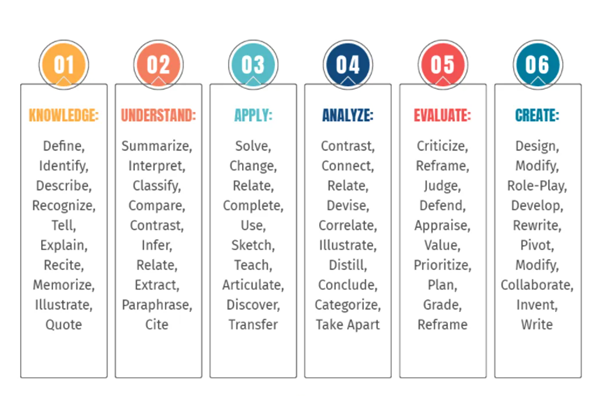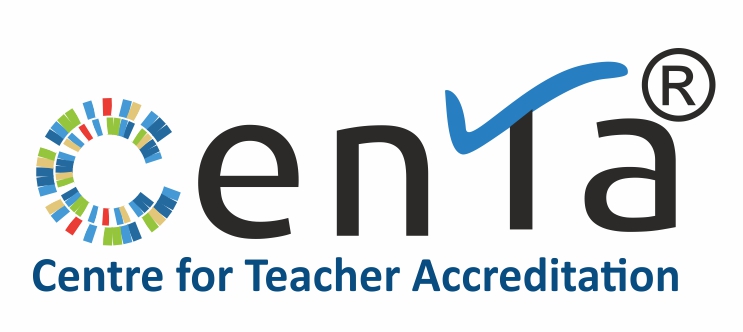I. Getting the Learning Objective right
What is a Learning Objective?
- Learning Objectives are brief, clear statements about what our students will be able to do.
- They indicate to both, the teacher and students, about what the lesson (or a set of lessons) aims to achieve for students, or what students will learn by the end of the lesson(s).
What should Learning Objectives NOT be?
Some learning objectives that are typically vague often include:
“Understand ——–”
“Obtain a working knowledge of ——–”
“Gain an appreciation for ———-”
These objectives can be clarified by asking ourselves: “What would students do differently if they really ‘understand’ or ‘appreciate’ X?”
Effective Learning Objectives

As illustrated in the infographic above, an EFFECTIVE learning objective has 3 main components –
- PERFORMANCE: What do you want students to know, understand, or to be able to do? This will focus your attention on identifying the key idea that you want to convey to your students.
- CONDITION: What would you do while teaching that will ensure that students learn what you want them to learn? This question will help you in selecting the tasks, resources, and teaching methods that you think will help students learn.
- CRITERIA: How will you know that students have got it? This question will help you to articulate the exact behaviour or action in students that you would consider as evidence of learning.
Here’s are a few examples of effective learning objectives:
| Example | Condition | Performance | Criteria |
| Mathematics: To organise data using tally marks | Given a set of marks obtained by 40 students | students will organise the data in a table | using tally marks |
| Reading Comprehension: To compare and contrast traits of the two main characters in the story | Using a Venn diagram | students will compare and contrast the traits of the two main characters | with at least 5 characteristics for each of them |
| Science: To understand the process of transpiration | By watching a video of transpiration in plants | students will identify the process of transpiration | with 100% accuracy |
Creating Effective Learning Objectives – Using Bloom’s Taxonomy
To ensure our learning objectives are effective, apart from keeping the 3 elements in mind, we also should ensure the ‘performance’ is specific and observable. This means, we need to avoid words such as know, learn, understand and appreciate, etc. in our “performance” component as these are not quantifiable (actions that can be seen or measured).
Thus, we need to use action verbs in the “performance” of our learning objectives to create effective measurable learning objectives. This can be done using Bloom’s Taxonomy
Bloom’s Taxonomy is a classification of the different objectives and skills that educators set for their students (learning objectives). The taxonomy was proposed in 1956 by Benjamin Bloom, an educational psychologist at the University of Chicago. The 6 levels can be used to structure the learning objectives, lessons, and assessments of your course. Let’s look at different levels of Bloom’s Taxonomy –
You can find different observable and measurable “Action Words” for each of the different skill levels below. Incorporating these words in the learning objective specifies which level you want to teach at and makes it easier to plan the lesson based on the skill level (this list is not exhaustive).

Time to check your understanding! Take the quiz below.
